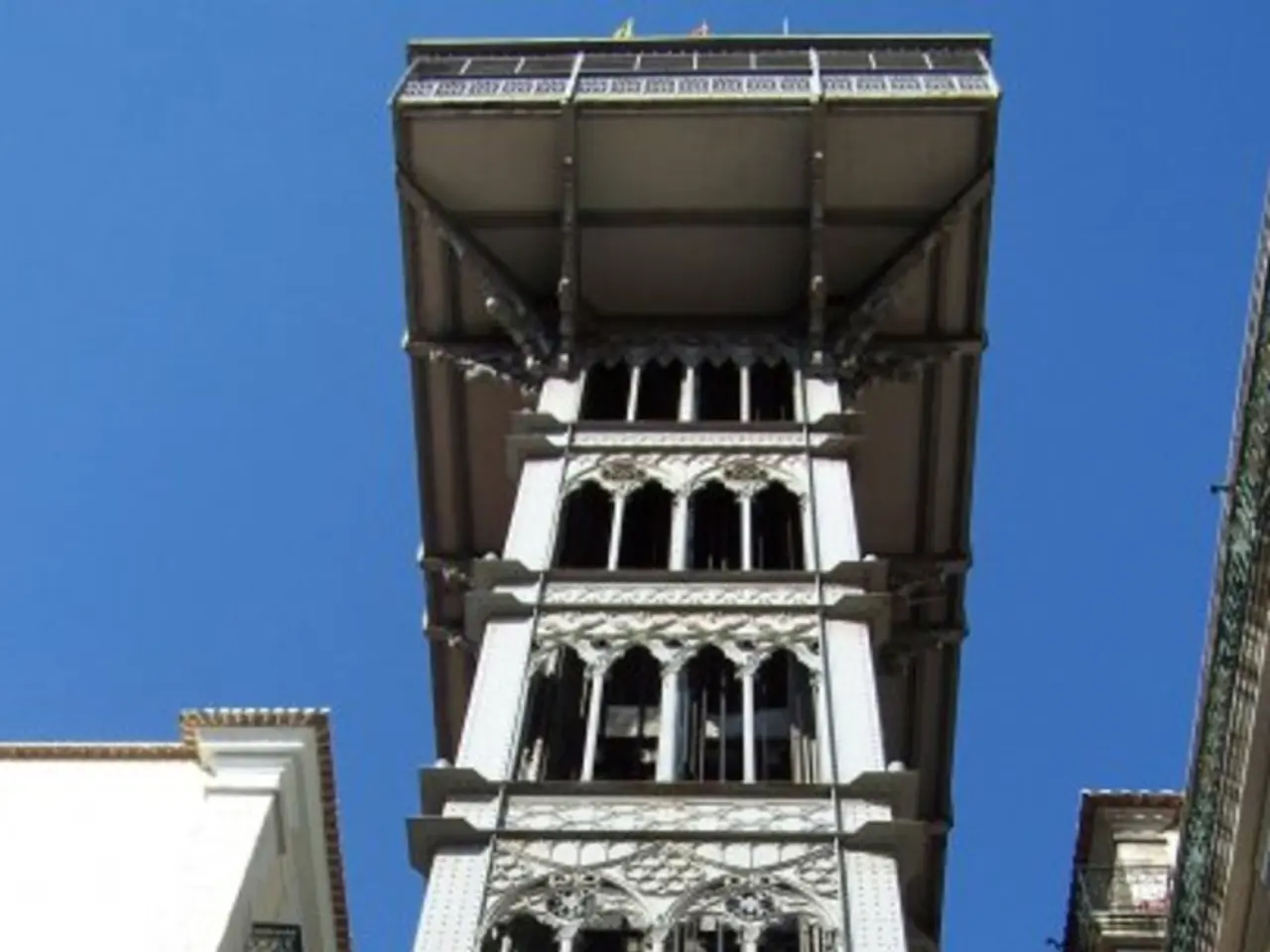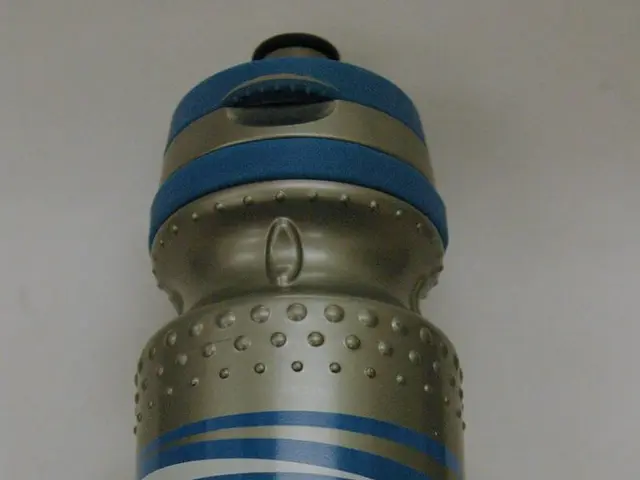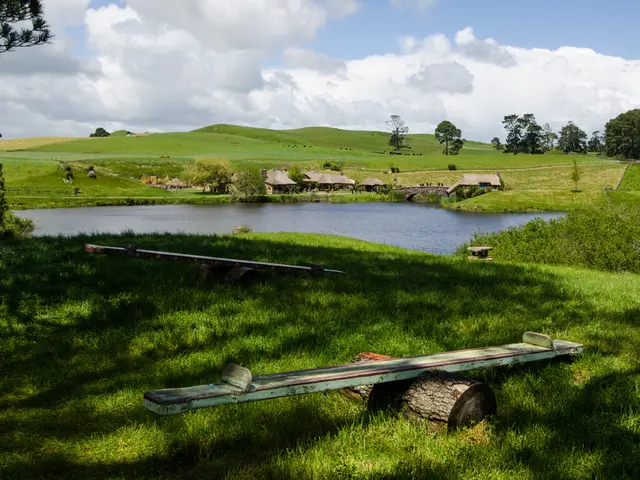Millions of Iranians Face Subsidence Threat, Sinking Land and Water Supplies
Subsidence, a gradual and uneven sinking of the Earth's surface, poses a significant threat to millions of Iranians. While official statistics are lacking, regional studies and expert estimates provide insights into the extent of the problem and the populations at risk.
Subsidence in Iran is primarily caused by excessive groundwater extraction, particularly for agriculture, tectonic activity, and natural soil compaction. The consequences include cracks in buildings, infrastructure, and increased vulnerability to flooding and earthquakes. Tehran, with its population of around 15 million, is particularly affected, with some areas sinking by up to 25 cm per year. Other regions such as Isfahan, Yazd, Kerman, Fars, and Khorasan also face substantial subsidence, threatening the livelihoods of millions of people. The problem is exacerbated by secondary risks, including increased earthquake damage, flooding, and soil salinization. Conservative estimates suggest that at least 10-15 million Iranians live in areas seriously affected by subsidence, putting them at greater risk from these secondary hazards.
Iran is not alone in facing subsidence issues. Other cities worldwide, like Mexico City and California's Central Valley, also grapple with this problem. Much of the subsidence in Iran is irreversible, with severe implications for infrastructure and water supplies. About 60% of Iran's water supply comes from underground aquifers, which are being rapidly depleted. Rates of subsidence in Iran are among the fastest in the world, with over 12,000 square miles sinking faster than 10 millimeters per year. Research using satellite data has identified 106 regions of subsidence covering 2% of the country, exposing an estimated 650,000 people to higher risks of water scarcity and food insecurity.
Subsidence is a pressing issue in Iran, affecting millions of people and threatening the country's infrastructure and water supplies. Urgent political action is needed to regulate groundwater extraction and protect infrastructure. Further research and international cooperation can help mitigate the impacts of this global challenge.







